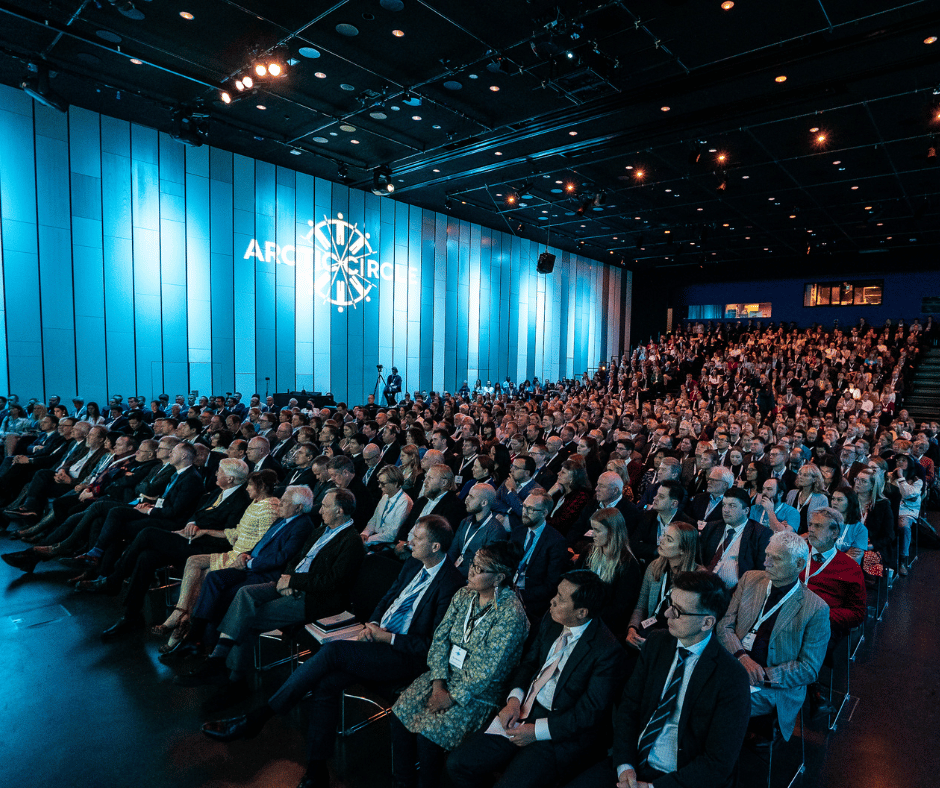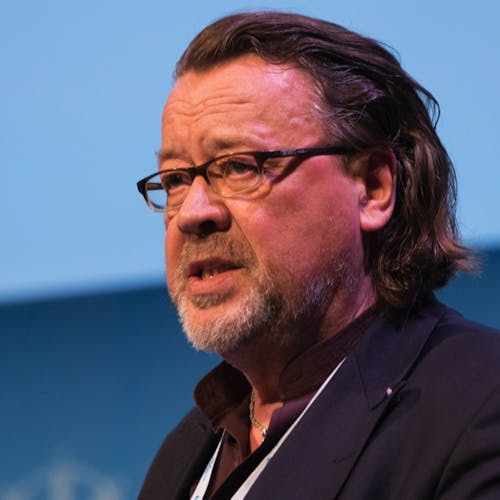The purpose and objective of the Northern Research Forum were to provide an international platform for promotion of an effective and trans-disciplinary open dialogue among members of the research community and other experts, and between them and policymakers, businesspeople, and a wide range of northern stakeholders. Further, to facilitate research on contemporary issues, and assist decision-makers by engaging researchers and experts to discuss and assess research findings. Also, to make science and research applications of global significance relevant to the contemporary Northern and Arctic agenda.
The aim was to maintain an open academic and policy-oriented discussion, across sectoral borders, on societal changes and issues which circumpolar peoples and societies faced because of globalization. Further, to develop the discussion between researchers, policymakers, and other practitioners into a dialogue on relevant and critical issues, such as impacts of, and responses to, the climate crisis; resilience and sustainable regional development; community viability; peace, stability, and security.
A more particular aim was to focus on and discuss from holistic viewpoints, socially relevant issues to communities, and to emphasize opportunities more than problems. Inspired by the notion that science is more than labs; it is people, and it is the environment. The long-term goal of this intellectually attractive dialogue could be interpreted as to create an intercultural communication process with a spirit and enthusiasm for innovative ideas, and to be issue-oriented based on research-findings and expertise.
First, the purpose of this implementation of the social relevance of science – an important criterion of science – was to create and promote a new and wider international, even global, platform for innovative thinking and bold new ideas from the leading minds across the entire North. Second, an effort was made to maintain and feed a constant interplay between science, politics, and business. Third, there was a commitment to allocate sufficient time for open discussion which created an atmosphere for an intensive policy-oriented dialogue, based on research-findings and expertise, on Northern and global issues. The idea was to establish and apply a model of an epistemic community, i.e. a network of knowledgeable experts who help decision-makers to define the problems they face, identify various policy solutions and assess the policy outcomes.
These objectives and aims were implemented via an open discussion at the biennial NRF Open Assemblies in 2000-2015 (See, Appendix 1). The Assembly became the first pan-Arctic international and transdisciplinary platform for an open and constant dialogue on relevant local-to-global issues between Northern stakeholders. Based on inclusion and a democratic nature, discussions took place in theme sessions and plenaries with a holistic approach, day-long excursions, and at ‘Square hours’ for presentations by young researchers; later a few breakout sessions, facilitated by panelists, were added to deepen the expert approach vertically.
At their best, the Open Assemblies with an upper-limit number of participants, managed to create dialogue, where the participants were committed to ‘inclusivity’ and engaged each other’s arguments, and focused on issue domains. As an outcome, where the participants were both active and patiently listening, they could find that the original nature of an open dialogue – to have different arguments being built on each other like layers - was embraced.
An important part of the implementation was to have 10-20 NRF Young Researchers (YRs) at each Open Assembly, who received scientific, professional, and financial support. The aim was to promote early-career scientists (mostly PhD candidates and post-docs) by inviting them, based on applications, to present their research topics, projects, and main findings, and engage them in a dialogue with other experts and policymakers.
In the beginning, they presented their research in special square hours, and later they were upgraded as panelists due to their expertise and high quality of their research. For example, the YRs of 7th Open Assembly identified the following key points to consider when assessing socio-economic impacts of climate change and exploring methods to tackle it. First, forms of resilience go through large observational frames and depend on local engagement. The impacts of climate change go further than we can identify and there is a gap in public perception. Therefore, new methods are required. How can we solve the gap between the 4 years logic of politicians and 100+ ones of real impacts?
In addition of junior and senior researchers, and other experts, several policy and decision-makers representing national, regional, and local governments attended the NRF Open Assemblies in these years. Among them were President Grimsson, who attended all of the Open Assemblies, Governor General of Canada Adrienne Clarkson, President of Finland Tarja Halonen, Premier of Greenland Kuupik Kleist; Chairman of Kativik Regional Government (Canada) Johnny Adams, President of Sami Parliament (Finland) Pekka Aikio, Chair of Yellowknife’s Dene First Nation Darrell Beaulie, Chair of Inuit Circumpolar Council (ICC) Patricia Cochran, President of Russian Association of Indigenous Peoples of the North (RAIPON) Sergei Khatyuchi, President of Alaska Federation of Natives Julie Kitka; Mayor of North Slope Borough (Alaska) Edward Itta, Governor of Yamal Nenets (Russia) Yury Neyolov, Lieutenant Governor of Alaska Sean Parnell, Governor of Novgorod (Russia) Mikhail Prussak, Governor of Oulu Provine (Finland) Eino Siuruainen, Premier of the Northwest Territories (Canada) Joe Handley; MP Ivar Kristiansen from Norway, MP Alvydas Medalinskas from Lithuania; and Minister Ethel Blondin-Andrew from Canada, Amalie Jessen from Greenland, Minister Tomas Ingi Olrich from Iceland, Minister Inuuteq Holm Olsen from Greenland.
Interestingly, NRF Open Assemblies and their preparations provided two relevant lessons: first, that though ‘substance’ is most important, a ‘procedure’ matters; and second, that more important than number of participants is participants’ interests and motivation. Therefore, it was no wonder that from the beginning the Forum was seen as a process and was further developed as such with enthusiasm and a spirit of continuity. This meant several rounds of preparations – both before and after each Open Assembly – such as local Round Tables and Sub-forums. In addition there were theme Project Groups, and their workshops, procedures to recruit young researchers, position-papers and essays on the main themes (10-20 for each) to be written specifically for the event by experts. Finally, there were several rounds of discussions in Assembly sessions based on expert presentations.
The Northern Research Forum also closely cooperated with other international institutions, with the International Arctic Science Community, the Northern Forum, Arctic Parliamentarians, and the Arctic Council, to build and enhance knowledge for regional development. Among others, the NRF organized a special session on the Arctic Council and multilateral cooperation as a part of the 5th Assembly in Anchorage. Also, a modified workshop was held at the ICARP III in 2015 in Toyama to identify the most important issues and problems of the global Arctic, as well as for Arctic science in the next 5-10 years. The variation of answers illustrated the difficulty of defining priorities in politics and research.
Finally, the closest connection was with the University of the Arctic, which started its activities around the same time as the NRF. In 2009, the NRF became one of the first UArctic institutions.
All in all, the NRF stage-building was not only for an open discussion, but also for fact-finding and data-collecting, disseminating research findings, professional training, and intercultural communication for knowledge-building. It was meant to be a cumulative process, as the NRF was not an organization in the ordinary sense of the term. Instead of having formal procedures or duties, the NRF adhered to four fundamental principles: organizing and promoting a cross-sectorial dialogue, inviting senior and junior researchers and other professionals, having an issue-oriented discussion concentrating on opportunities, and allocating enough time to sustain an open and lively discussion.







